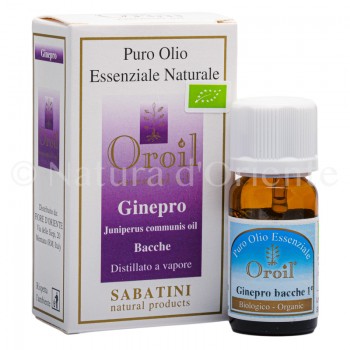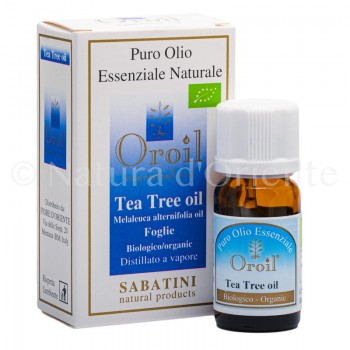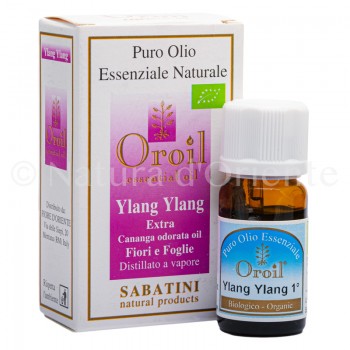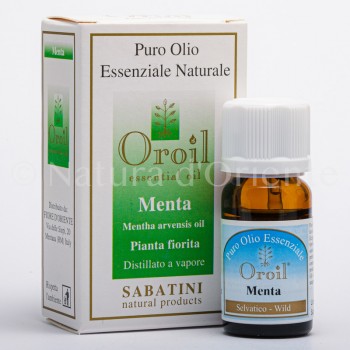Incense was one of the most renowned aromatic substances of antiquity, its essential oil like all (or almost all) those obtained from resinous substances shines particularly for its ability antimicrobial.
The plant and the production of essential oil
Frankincense is an oily gum resin which forms in the resinous channels of the trunk of various species of plants of the genus boswellia (family Burseraceae) native to East Africa and the Red. Boswellia Carteri or frereana is one of the species known to produce the best quality incense together with Boswellia sacra. These are small trees (from 2 to 8 metres), deciduous (that is, which lose their leaves in the unfavorable season). Boswellia frereana is native to Somalia and its characteristic is the basal part of the trunk which widens like a sucker, which allows it to attach itself firmly even to almost vertical rock faces. Regarding the history of incense, it should be noted that in ancient times any preparation of resinous substances intended to be burned during cults was called incense, but today, as we have said, incense is understood to mean the resin of plants of this botanical genus.
Properties of frankincense essential oil
As we anticipated in the introduction, the properties most commonly associated with incense essential oil are antiseptic and antimicrobial. Secondly, also expectorant and astringent properties and this too will not surprise, plant extracts with significant balsamic properties are usually considered expectorant and those with greater disinfectant power are often also astringent.
Topical use of frankincense essential oil
As usual the properties already suggest the possible uses, compresses or washes as appropriate can be used to take advantage of the disinfectant properties. In particular, in the case of infections of the urogenital system, a sitz bath is recommended (immersing the basin in a small tub that has actually fallen into disuse today and which had this name) or alternatively a bath in cada water in which a few drops have been poured. A few drops in a carrier oil can instead be useful for fighting acne but also dandruff.
The essential oil of incense would also have healing properties. We usually talk about the expectorant properties in the paragraph on aromatherapy, including suffumiges in it, however it should be remembered that an alternative method for the treatment of the respiratory tract is the rubbing on the chest just like it is also done with some well-known pharmaceutical products. Naturally, as always, we are not talking about pure essential oil, if you don't want to seriously irritate the skin, but a few drops in a carrier oil.
Aromatherapy
The incense burned in places of worship is perhaps the oldest form of aromatherapy, beyond considerations of a spiritual nature, the ability or otherwise to put us in contact with something superior, believe it or not, remaining more down to earth already in ancient times they were well aware that burning incense was a good way to disinfect the air and probably the appointment to keep evil spirits away was earned by saving some respiratory infections. Therefore, the environmental diffusion of incense essential oil is a good way to disinfect the air. We have already mentioned the suffumiges to disinfect the respiratory tract in case of illnesses. At the level of the psyche, the effect is calming, so aromatherapy with incense essential oil is often used in times of stress.
stress.

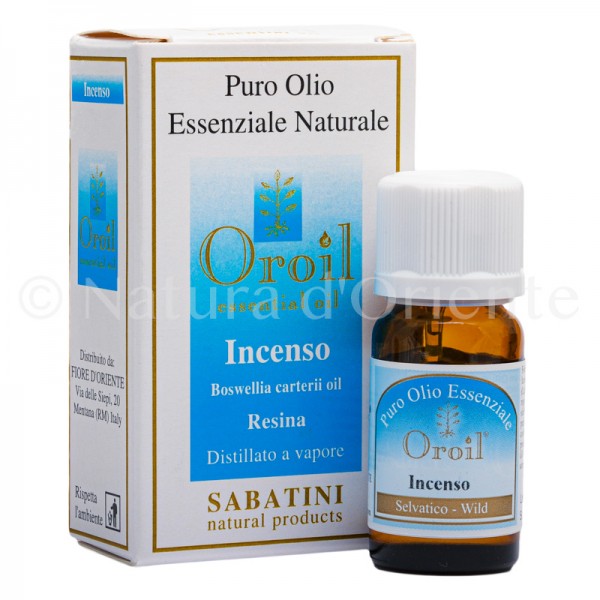

 By buying this product you can collect up to
By buying this product you can collect up to

